Out-of-this-world discovery lands scientist trio Astronomy Photographer of the Year 2023
A stunning capture of our neighboring Andromeda Galaxy takes home the £10,000 grand prize and coveted Astronomy Photographer of the Year title
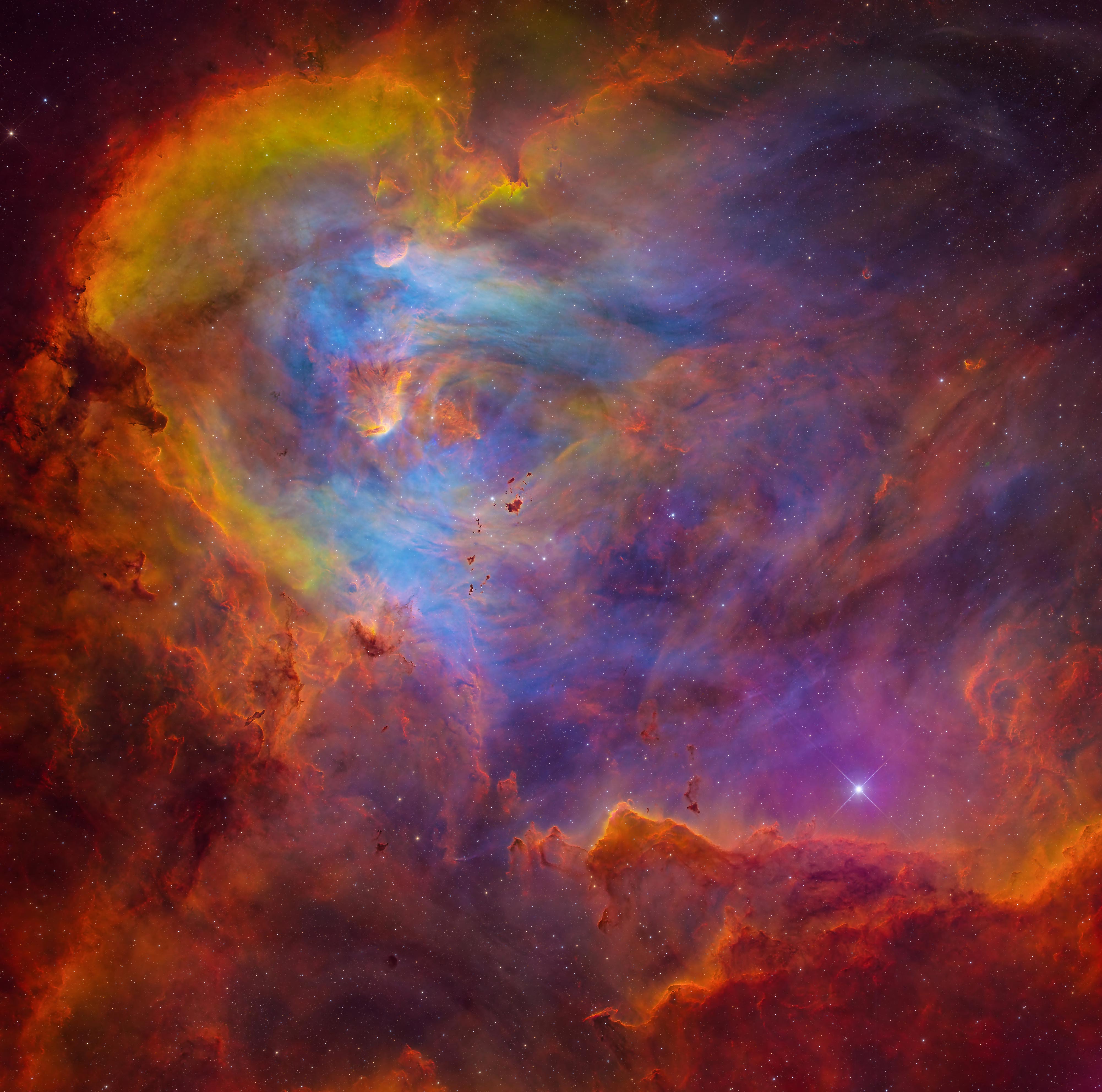
The 15th Astronomy Photographer of the Year competition has crowned Marcel Drechsler, Xavier Strottner, and Yann Sainty as the overall winners. Their winning photograph, "Andromeda, Unexpected," reveals a colossal plasma arc adjacent to the Andromeda Galaxy (M31). This revelation has triggered a global scientific collaboration, as it might be the largest structure of its kind near our Milky Way.
The Andromeda Galaxy is our closest spiral neighbor making it a frequent subject of astrophotography. What makes this find remarkable is the arc's massive size, spanning about 1.5 x 0.45 degrees, and its proximity, only 1.2 degrees away from M31's center, southeast of the galaxy's main body. But to capture it properly you will need one of the best telescopes for photography.
• These are the best camera for astrophotography - perfect for capturing deep space in all its beauty
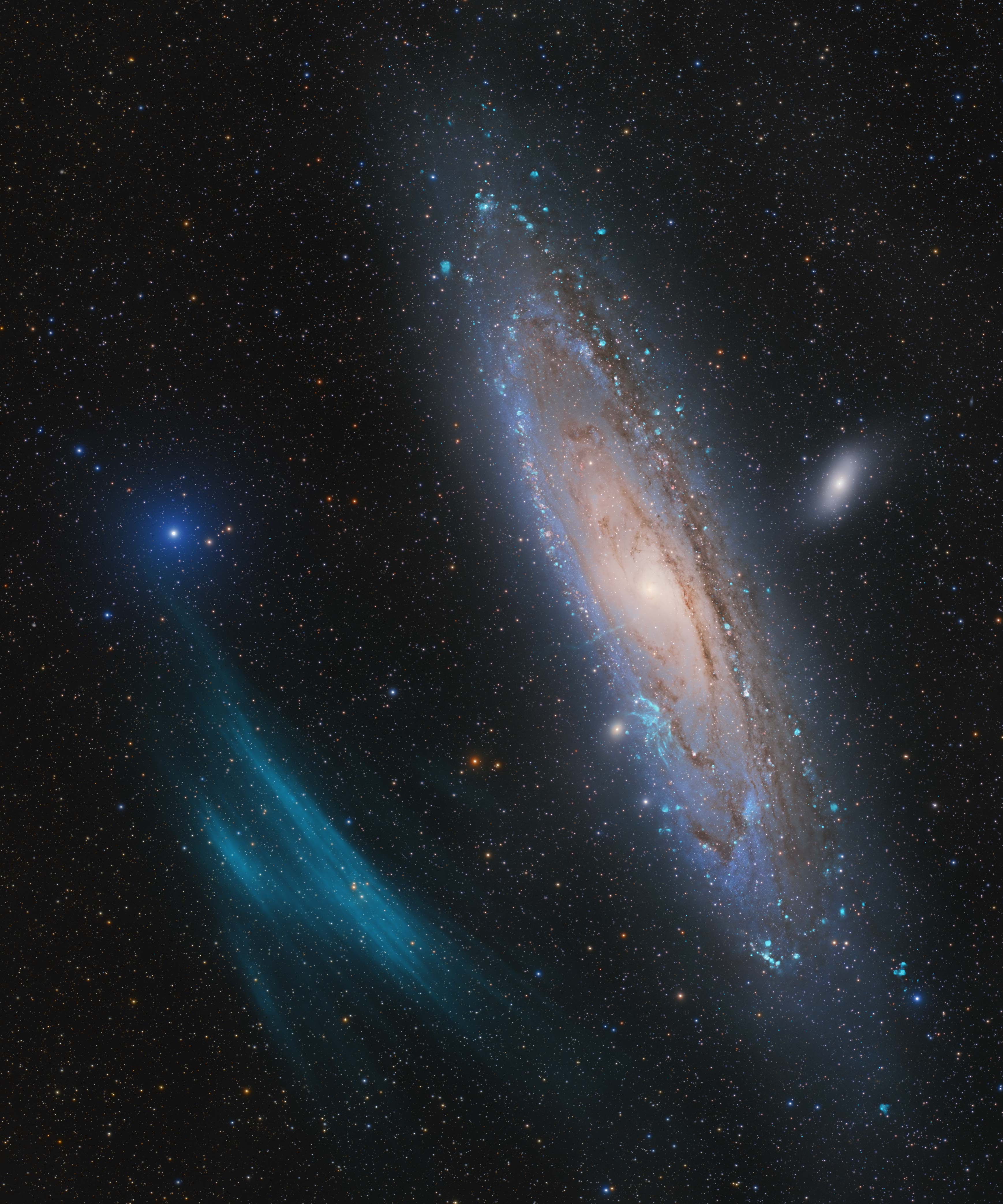
Marcel Drechsler, Xavier Strottner, and Yann Sainty expressed their gratitude, saying, "It's an enormous honor for our team to receive this important award, and we are grateful for all the support, friendship, and encouragement we have received along our journey. It encourages us to continue our passion for astrophotography and research." László Francsics, a judge and astrophotographer, praised the image for its spectacular and valuable contribution to astrophotography.
The Young Astronomy Photographer of the Year title went to Chinese teenagers Runwei Xu and Binyu Wang for their collaboration on The Running Chicken Nebula, described as "strikingly beautiful" by judge Yuri Beletsky.
Other winners include Circle of Light by Andreas Ettl, The Dark Wolf - Fenrir by James Baguley, A Sun Question by Eduardo Schaberger Poupeau, and Grand Cosmic Fireworks by Angel An. In the Annie Maunder Prize for Image Innovation category, John White's Black Echo stood out, visually representing the sound of a black hole.
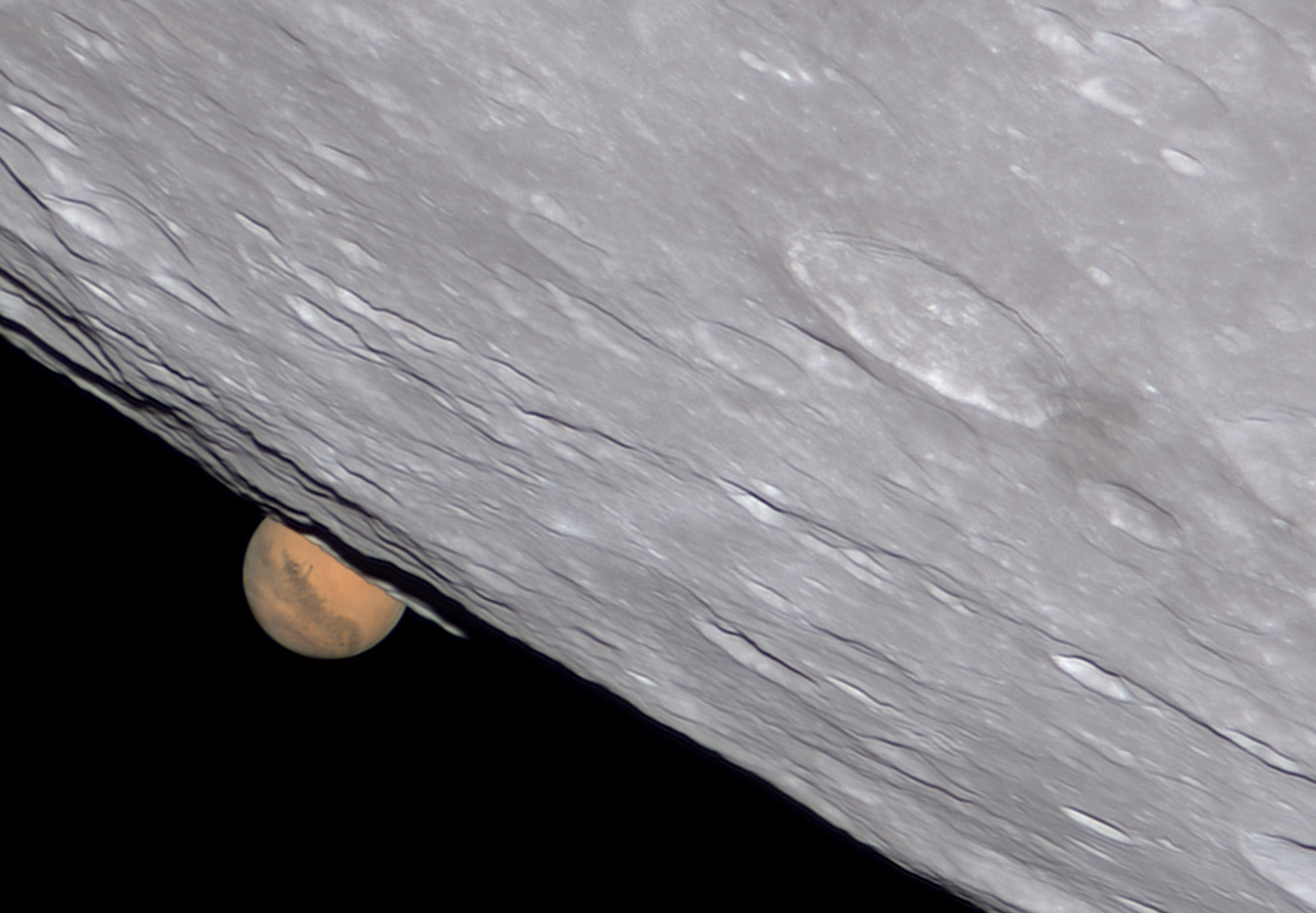
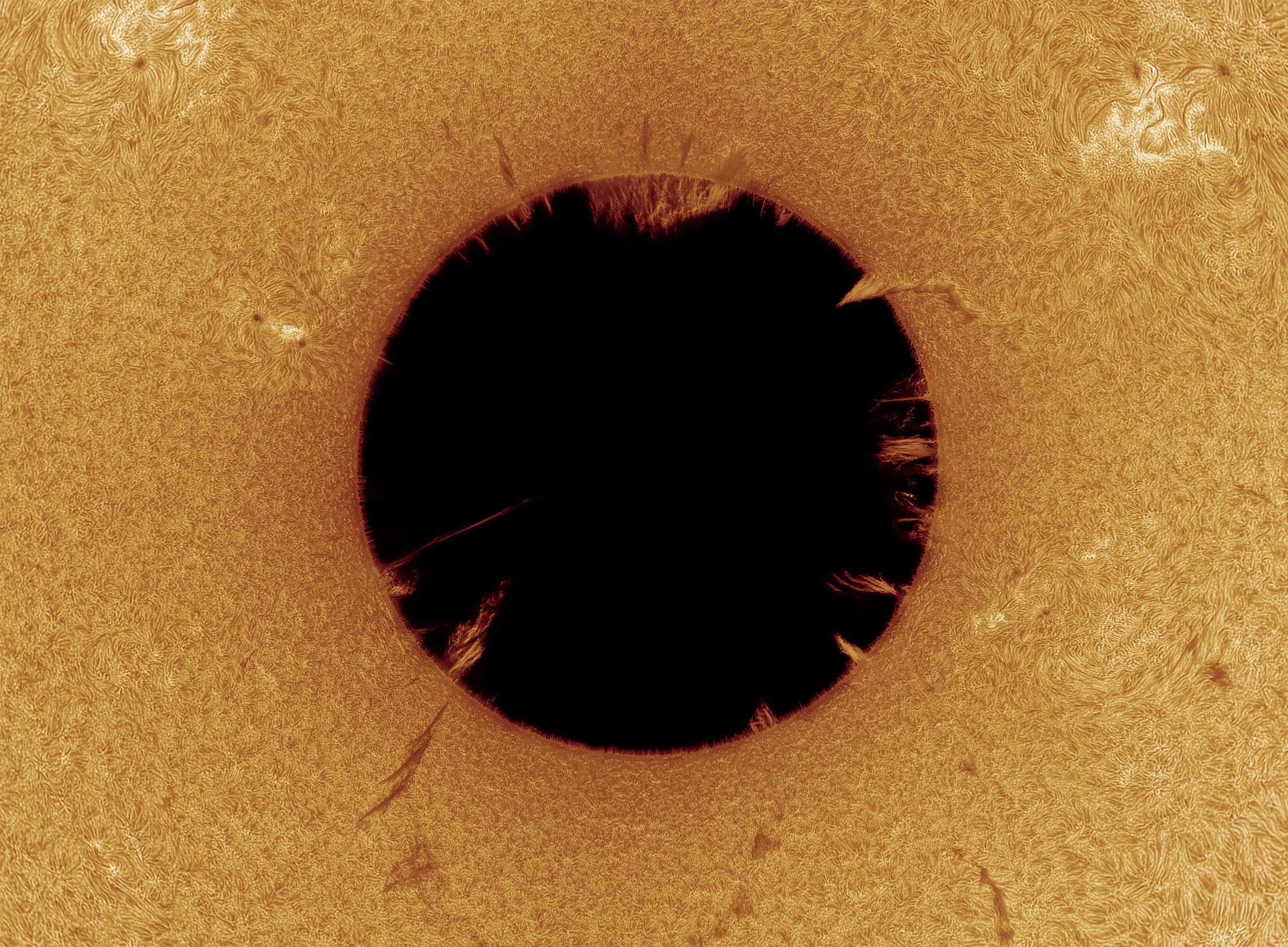
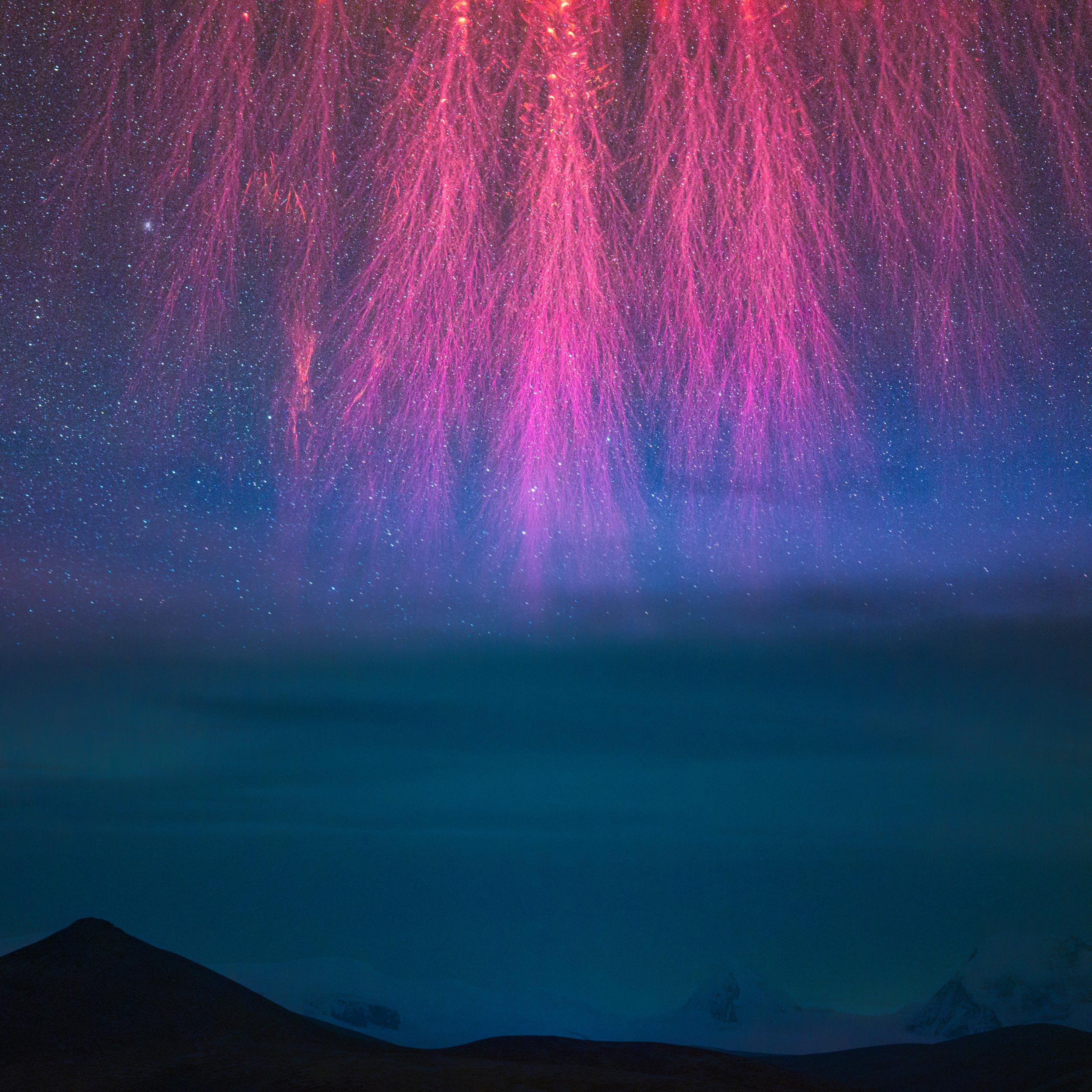
Dr. Ed Bloomer, an astronomer at the Royal Observatory Greenwich, commented, "The highlight of this year is perhaps a number of genuine discoveries being imaged, but we've had wonderful efforts in every category and I'm particularly pleased to see the continued strength of our young entrants and those eligible for The Sir Patrick Moore Prize for Best Newcomer. It has led to some intense debate amongst the judges as we try to choose the very best of the best, but we don’t mind!”
Get the Digital Camera World Newsletter
The best camera deals, reviews, product advice, and unmissable photography news, direct to your inbox!
This year’s Astronomy Photographer of the Year competition, organized by the Royal Observatory Greenwich, saw over 4,000 entries from 64 countries. The overall winners have been awarded a cash prize of £10,000, winners of each category will take home £1,500 while runners-up and highly commended will receive £500 and £250 respectively.
All winning photos and a selection of shortlisted images will be on exhibition at the National Maritime Museum in London, UK, from September 16 with entry costing £10. To see the full list of winning images head to the Royal Museums Greenwich website.
See the best telescopes for beginners, and the best telescopes for kids

Having studied Journalism and Public Relations at the University of the West of England Hannah developed a love for photography through a module on photojournalism. She specializes in Portrait, Fashion and lifestyle photography but has more recently branched out in the world of stylized product photography. Hannah spent three years working at Wex Photo Video as a Senior Sales Assistant, using her experience and knowledge of cameras to help people buy the equipment that is right for them. With eight years experience working with studio lighting, Hannah has run many successful workshops teaching people how to use different lighting setups.
